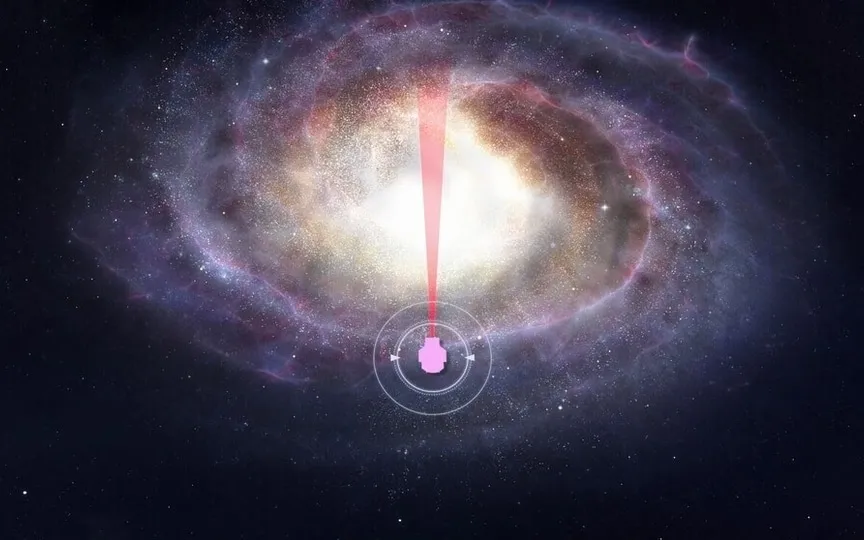NASA to Uncover Universe Mysteries with Nancy Grace Roman Space Telescope
Scheduled for a launch in approximately May 2027, the Nancy Grace Roman Space Telescope is poised to offer an unprecedented perspective on the Milky Way Galaxy. This NASA endeavor seeks to observe an extensive array of stars, numbering in the hundreds of millions, in order to detect minute fluctuations that may signify the existence of various cosmic entities such as exoplanets, far-off stars, icy bodies within our solar system, black holes, and other celestial phenomena.
Roman’s abilities are essential in time-domain astronomy, which focuses on studying the evolution of the universe over time.
The telescope’s Galactic Bulge Time-Domain Survey focuses on the Milky Way galaxy, exploiting its infrared vision through dust clouds that block our view of the central region of the galaxy.
Roman’s unique features make it a valuable discovery machine with a wide field of view and precise vision.
This NASA mission is actively looking for microlensing events, which occur when objects line up perfectly, with the foreground object acting as a natural magnifying glass that temporarily brightens the background star’s light.
The survey involves taking pictures every 15 minutes around the clock for about two months, a process that will be repeated six times during Roman’s five-year primary mission.
Astronomers expect this extended observation to reveal more than a thousand planets, some of which may be in their star’s habitable zone.
Microlensing observations from the Rome Space Telescope also shed light on the prevalence of planets around different types of stars, including binary systems.
In addition to exoplanets, Roman detects neutron stars, black holes, brown dwarfs, Kuiper belt objects, and even participates in studies of stellar seismology, providing a broader and deeper understanding of the ever-changing universe.




